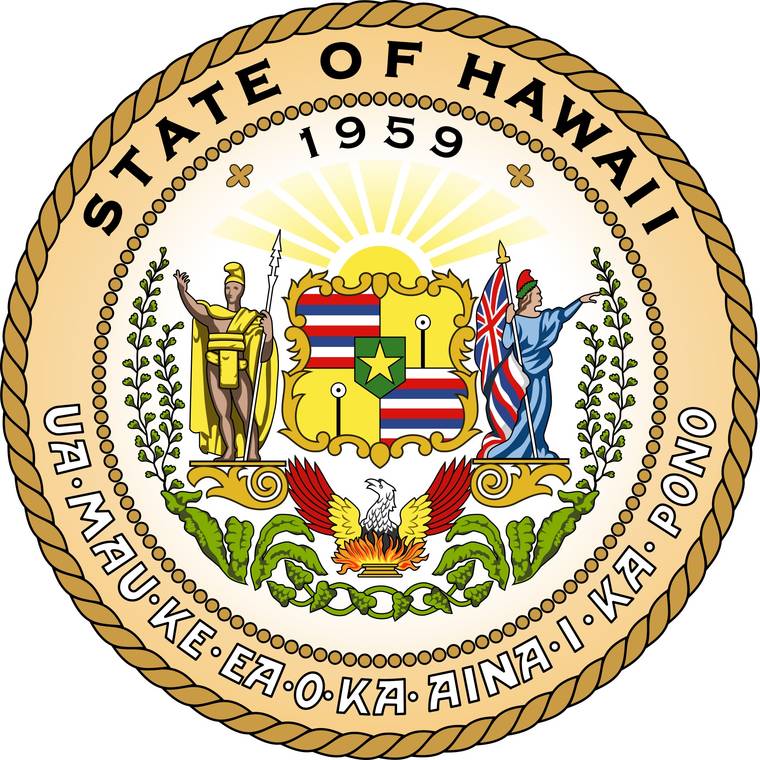The state Department of Human Services administrator for the division in charge of Supplemental Nutrition Program, known as SNAP benefits, said Wednesday that fewer than 1,000 people in Hawaii — all on Molokai — will be affected by a new Trump administration order that will tighten work requirements for recipients.
“We at the Department of Human Services are concerned that this ruling will impact vulnerable individuals that are struggling to work, including houseless individuals and individuals living with health conditions,” said Brian Donohoe, a DHS administrator. “We will be looking at all solutions possible in order to assist these vulnerable individuals who may be impacted by this ruling.”
Hawaii Island has 40,404 individuals, about one-fifth of the island’s population, and 21,268 households receiving SNAP benefits, said DHS spokeswoman Amanda Stevens in an email early Wednesday evening.
Statewide, there are 154,161 individuals and 79,702 households receiving SNAP benefits, also known as food stamps.
The move by the administration is the latest in its attempt to scale back the social safety net for low-income Americans. It is the first of three proposed rules targeting SNAP to be finalized. The program feeds more than 36 million people.
The plan, announced Wednesday, will limit states from exempting work-eligible adults from having to maintain steady employment in order to receive benefits.
The new rules take effect April 1, 2020.
Under current rules, work-eligible, able-bodied adults without dependents and between the ages of 18 and 49 can receive only three months of SNAP benefits in a three-year period if they don’t meet the 20-hour work requirement. But states with high unemployment rates or a demonstrable lack of sufficient jobs can waive those time limits.
The new rule imposes stricter criteria states must meet in order to issue waivers. Under the plan, states can only issue waivers if a city or county has an unemployment rate of 6% or higher. The waivers will be good for one year and will require the governor to support the request.
Hawaii’s unemployment rate was 2.6% in October, with Hawaii County’s unemployment rate at 3.6%. Those, figures, which are not seasonally adjusted, are the latest available from the state Department of Labor and Industrial Relations.
Molokai had a non-seasonally-adjusted unemployment rate of 6.5% in October. But the new rule requires Molokai to be placed within Maui County as a “labor market area.” Maui’s non-seasonally-adjusted unemployment rate was 2.7% in October.
“Previously, states had flexibility in defining the labor market area,” Stevens said.
U.S. Agriculture Secretary Sonny Perdue said the rule will help move people “from welfare to work.”
“We want to encourage people by giving them a helping hand, but not an infinitely giving hand,” he said.
The Agriculture Department estimates the change would save roughly $5.5 billion throughout five years and cut benefits for roughly 688,000 SNAP recipients nationwide. That’s down from its original estimate that 750,000 people would lose benefits.
During the past year the Agriculture Department proposed three significant changes to the food stamp program.
In addition to restricting time limit waivers, the USDA proposed eliminating broad-based categorical eligibility, a measure that allows recipients of certain non-cash public benefits to automatically qualify for food stamps, and changing how utility costs are factored into benefit calculations.
The Associated Press contributed to this story.
Email John Burnett at jburnett@hawaiitribune-herald.com.






